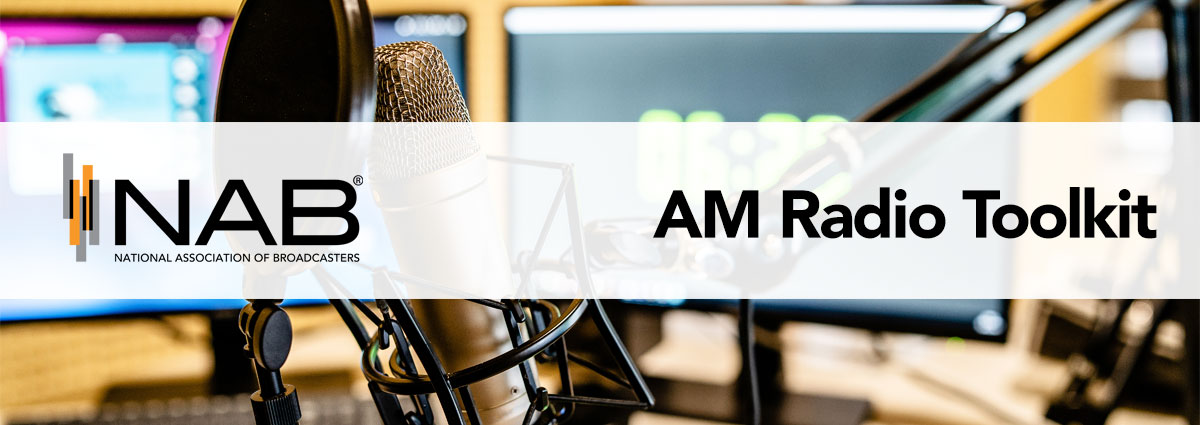
What is the emergency alert system (EAS)?
The EAS is a national public warning system commonly used by state and local authorities to deliver important emergency information, such as weather and AMBER alerts, to affected communities over television and radio. This system’s principal purpose is also to provide the President of the United States with the capability to address the American people within 10 minutes during a national emergency.
Who is responsible for maintaining the EAS?
The Federal Emergency Management Agency (FEMA), in partnership with the Federal Communications Commission (FCC) and the National Oceanic and Atmospheric Administration (NOAA), is responsible for implementing, maintaining and operating the EAS at the federal level.
Broadcasters play a leading role as the stewards of this important public service in close partnership with state, local, tribal and territorial authorities.
What is AM radio’s role in the EAS?
77 radio stations play a crucial role serving as Primary Entry Points (PEPs) across the country, a vast majority of which are AM stations. These are designated radio stations whose signals cover 90% of the American population and have a direct connection to FEMA and the National Weather Service (NWS). In times of crisis, these stations receive emergency information and alerts directly from the federal government, ensuring a reliable and authoritative source of information for the public.
What happens when an emergency alert is distributed?
Once a designated PEP station receives an emergency alert, it broadcasts the message to other connected radio and television stations in a "daisy chain" fashion. This means that the message is relayed from one station to another, ensuring the rapid and efficient dissemination of critical information. The daisy chain mechanism allows the emergency alert to reach a wide audience, covering both urban and rural areas, in a short amount of time.
This system provides built-in redundancy, as multiple AM radio stations within the same area can receive and relay the same emergency information. This ensures that even if one station is compromised or offline, the message can still be disseminated through other stations, providing a resilient system to keep communities informed during emergencies.
Why is AM radio necessary when most people have cells phones or other electronic devices?